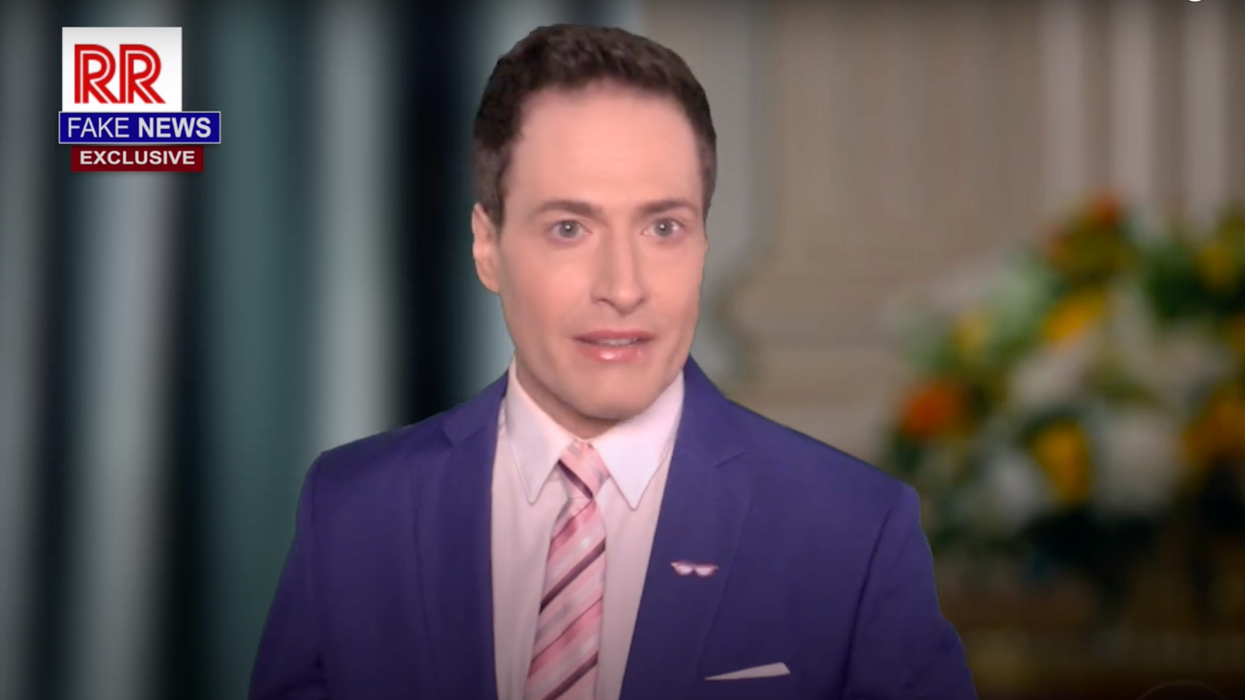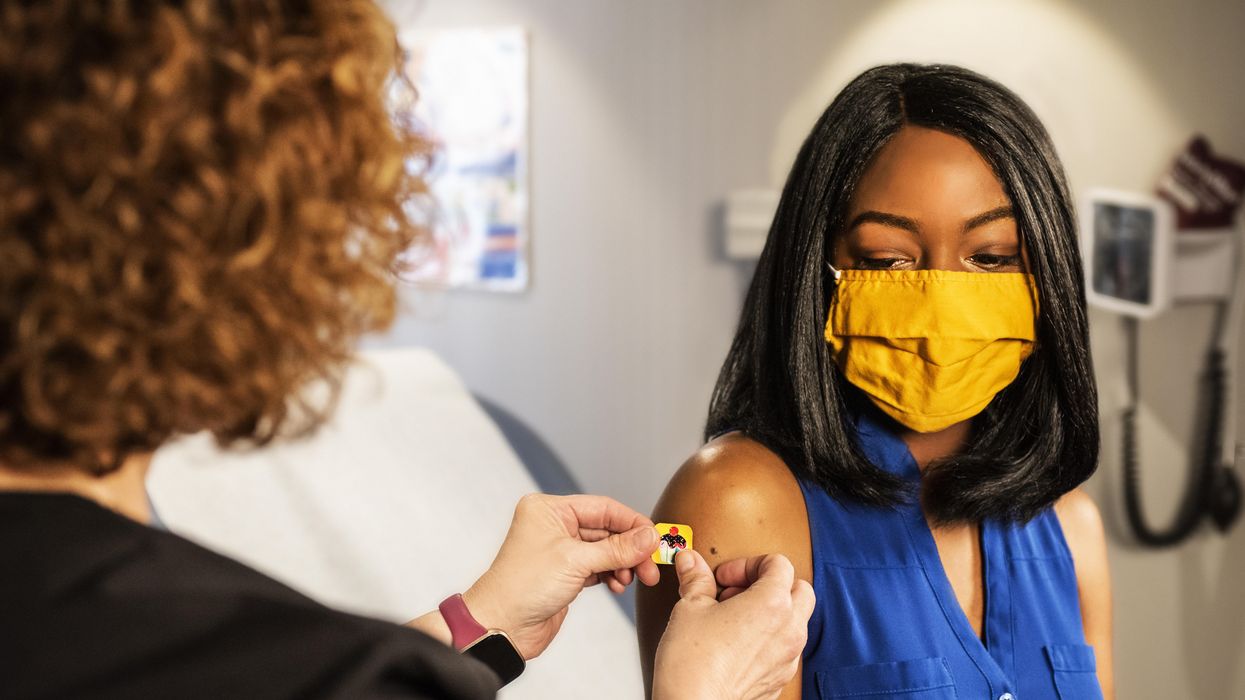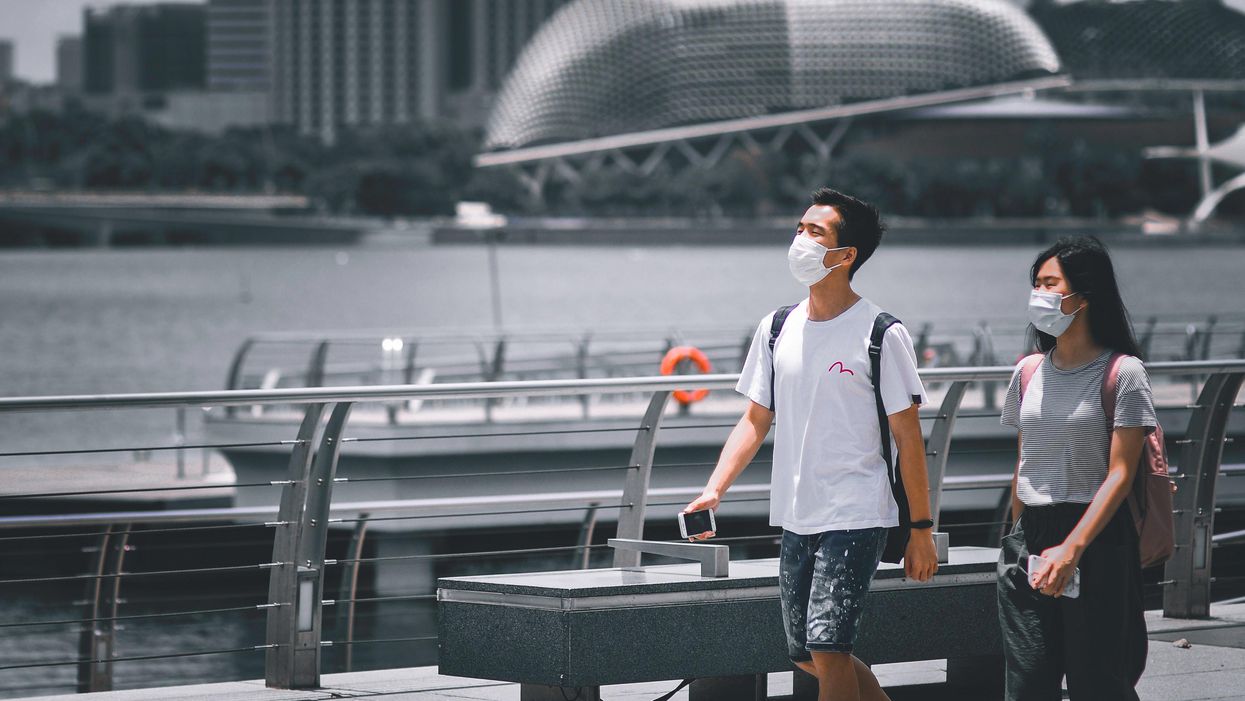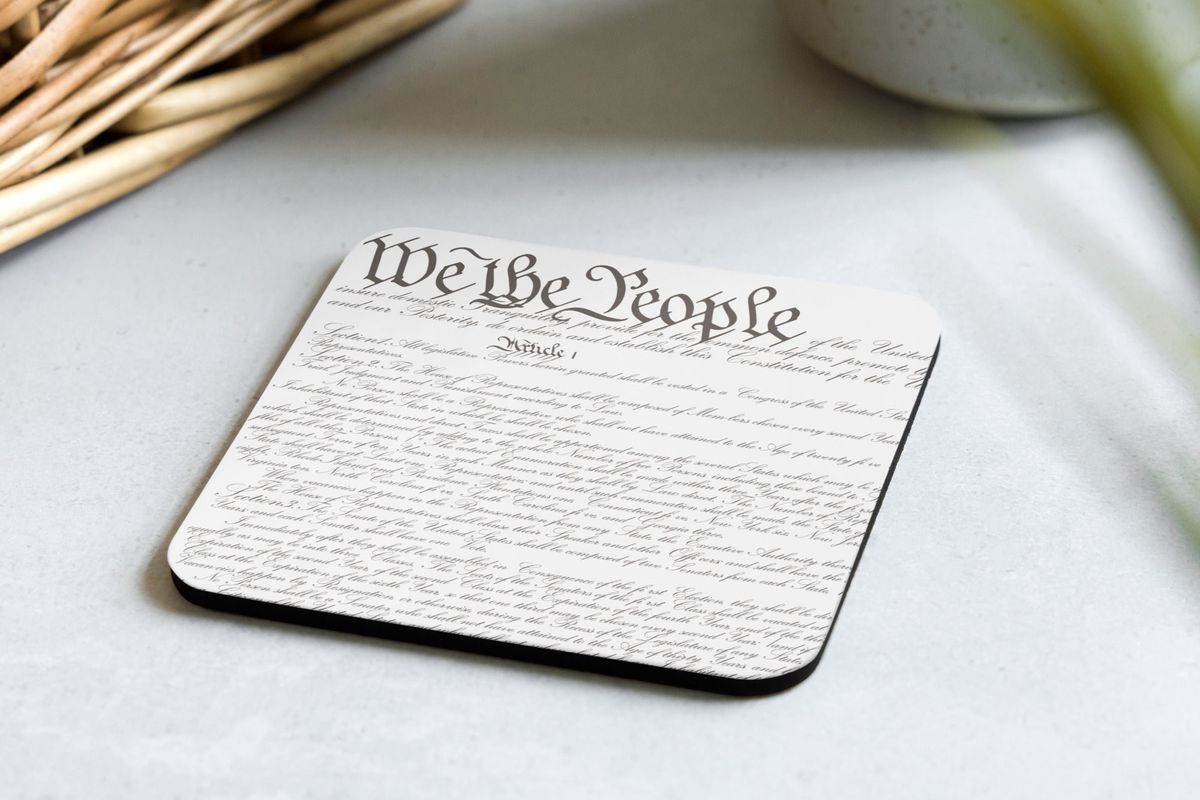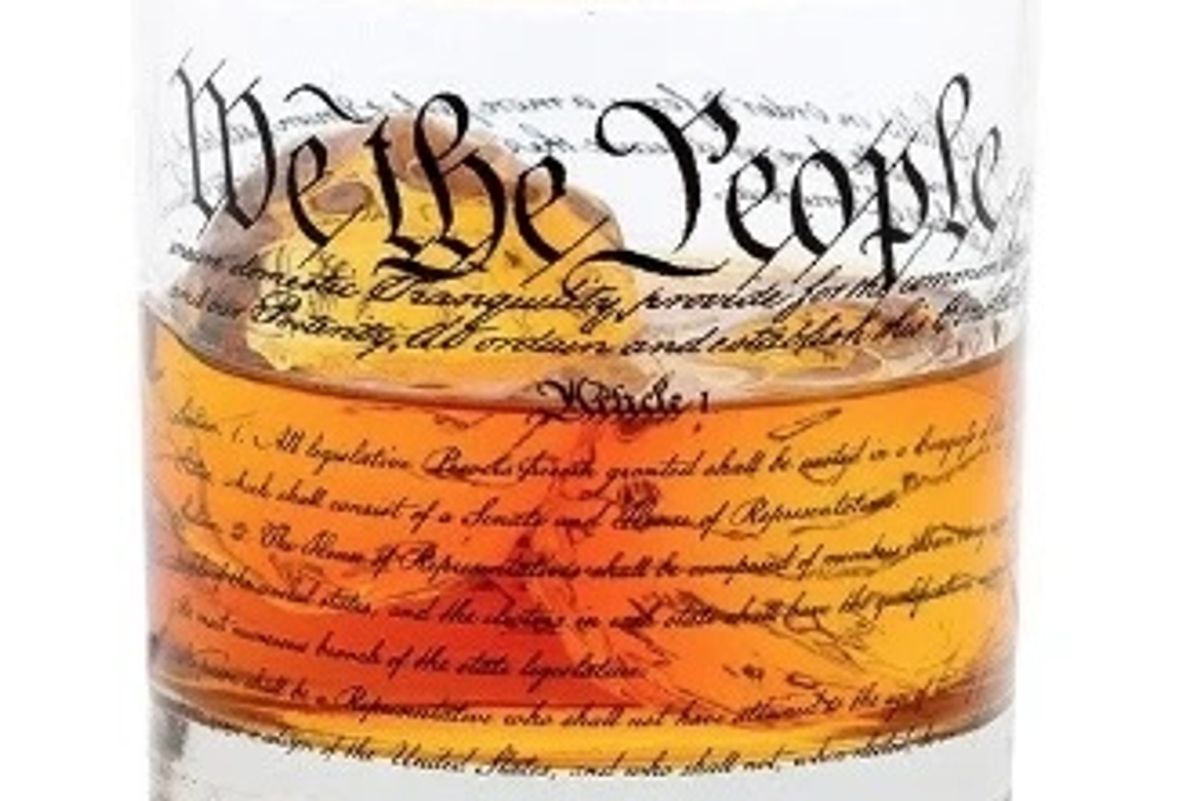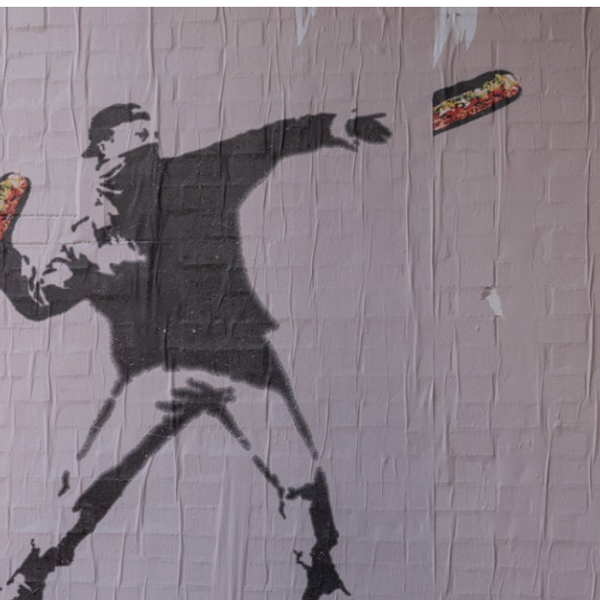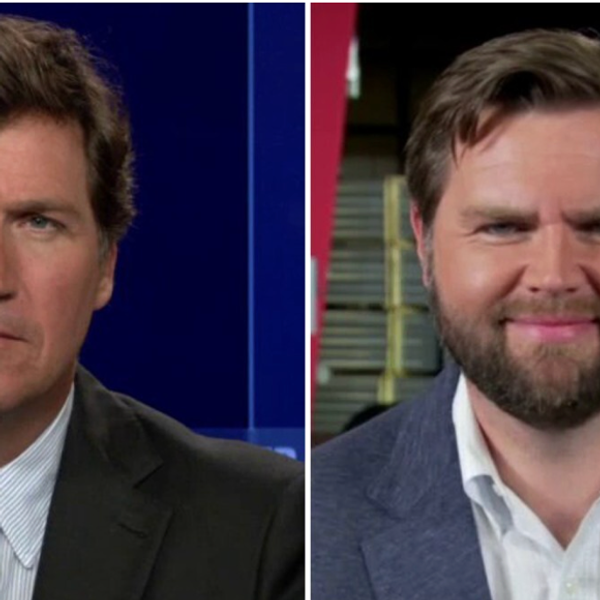Reprinted with permission from ProPublica
It's a fact that simply being eligible for a vaccine in America doesn't mean that you can instantly get one. Yet the ability to get to the front of the line isn't the same for everyone. ProPublica has found that, whether intentionally or not, some vaccine programs have been designed with inherent barriers that disadvantage many people who are most at risk of dying from the disease, exacerbating inequities in access to health care.
In many regions of the U.S., it's much more difficult to schedule a vaccine appointment if you do not have access to the internet. In some areas, drive-through vaccinations are the only option, excluding those who do not have cars or someone who can give them a ride. In other places, people who do not speak English are having trouble getting information from government hotlines and websites. One state is even flat-out refusing to allow undocumented workers with high-risk jobs to get prioritized for vaccination.
The vaccine supply is too low to inoculate everyone who is eligible, and competition for appointments is fierce.
"My nightmare scenario is that we have this two-tiered health system where there are people who are wealthy, privileged or connected, and then there's everybody else," Dr. Jonathan Jackson, director of the Community Access, Recruitment, and Engagement Research Center at Massachusetts General Hospital and Harvard Medical School, told ProPublica. "Once we hit that saturation point where the first tier has all gotten their vaccines, the narrative will shift to blame. It'll be 'Why haven't you taken care of this yet?'"
For People With Disabilities, Vaccine Appointments Can Be A Struggle
From the moment her 69-year-old father, Jose Balboa, became eligible for the vaccine in January, Kristine Mathason spent part of each day on the phone and online trying to get him a shot. She found available appointments a few times, but couldn't find a way to actually take her father to the vaccination sites. Balboa is paralyzed on his left side after a stroke and needs a wheelchair to get around. In Miami, where he lives, most vaccine sites are drive-up only.
Mathason doesn't have a van that can accommodate Balboa's wheelchair, and she isn't able to lift her father out of it. To move him between his bed and the chair, his home health aides use a patient lift. This isn't possible when trying to get him into a car, Mathason said, as the door gets in the way of either a lifting device or two people trying to support him at once. In the past when family members tried to move him, Balboa fell.
Mathason said she was "willing to jump through all the hoops" to get Balboa the vaccine. "He's super high-risk: He's diabetic, he had a stroke 17 years ago," she said. "He has high blood pressure. My half brother who lives with him works at a restaurant, so that's like a high-risk job. We do our best."
Mathason checked out every other avenue she can think of, but each was a dead end. She looked into renting a van, but she's been out of work because of the pandemic and couldn't afford it. She thought about Uber, but wheelchair access and the cost of waiting in a drive-through were prohibitive. "He's just one of those people who unfortunately is falling through the cracks," she said.
A county service offers scheduled rides for seniors, but it only provides drop-off services and wouldn't take Balboa through a drive-through. There was an additional Catch-22: The scheduled rides require 24 hours' notice for pickup, but the local hospital that offers walk-up appointments schedules them less than 24 hours in advance. The health department in Miami-Dade County directed questions to the Florida state health department, which did not respond to requests for comment.
According to data from the Centers for Disease Control and Prevention, about 14% of adults in Florida have disabilities that affect mobility, which the CDC defines as serious difficulty walking or climbing stairs. While some people with mobility limitations may be able to access a car more easily than Balboa, he and his family were left with very few options.
"I just wish they had thought about people like my dad," Mathason said. "What about the people who don't have a me who's trying to move heaven and earth to get him an appointment? What about the people who just don't have a car and can't get anywhere?"
After more than a month of searching, Balboa got a call from the medical center he goes to for doctor visits. The center had gotten a supply of doses, and they picked him up and took him to the site in one of their wheelchair-accessible vans. On February 24th, he got his first shot.
If You Can't Use the Internet, You Might Have Fewer Options
Eneyda Morales, a 40-year-old mother of three in East Hampton, New York, was diagnosed with breast cancer two years ago and is still undergoing treatment. Four days a week, she works at a bagel shop near her home. "I'd like to get a vaccine because of the health issues I have and because I work in a place where I have to serve people," Morales said in Spanish. But she's not sure how she's actually going to get a vaccine; while many Americans are hunting for information online, Morales doesn't own a computer, nor does she know how to use one. She has a smartphone, but she primarily uses it for simple searches like looking up addresses. The only computer at her home is the one her 8-year-old daughter's school provided for classwork.
New York state has a vaccination hotline for scheduling appointments by phone, but only for vaccines administered at state-run sites. The state site closest to Morales is about 60 miles away, an hour and a half by car. If Morales wants to get an appointment closer to home, she'll need to contact local hospitals and pharmacies directly. The state hotline's automated message tells callers that the quickest way to get information about eligibility and appointment scheduling is online.
Morales plans to seek help from OLA of Eastern Long Island, a local nonprofit, to schedule an appointment closer to home on one of her days off. Without their help, she said, she wouldn't know where to begin searching.
Some states that have tried to provide offline options for booking vaccine appointments have stumbled. A phone line set up in Maryland was inundated with callers, who complained of being put on hold and then hung up on. In Tennessee, Shelby County's decision to allow internet users to sign up first meant all the slots were snapped up by those with web access before phone appointments even opened.
About ten percent of U.S. adults don't use the internet, according to the Pew Research Center. Americans who are older, have less income, have less education or are nonwhite are less likely to go online, researchers found.
People Who Don't Speak English May Have Trouble Getting Information
Gladys Godinez, the daughter of retired meatpacking workers, is an organizer for Solidarity with Packing Plant Workers who lives in Lexington, Nebraska. Her parents, like many of the immigrant workers she represents, are not fluent in English. Nebraska's Spanish-language vaccine website offers a hotline to schedule appointments by phone. Godinez wanted to see what people in her parents' situation were up against if they didn't have a tech-savvy English speaker to help, so she called the number on Feb. 2. She said it took 15 minutes for someone to pick up the phone; that person answered in English.
Godinez said she was told that no one who could speak Spanish was available. She tried to insist: "I said, 'Please, I would really like to be able to register for the vaccine.' I said it in Spanish. She said, 'We don't have anybody that can talk to you in Spanish.' So I just said 'gracias' and hung up."
Nebraska's Department of Health and Human Services said that since February 13, 25 percent of each hotline shift is staffed by fluent Spanish speakers, but each call center agent can connect with interpretation services as needed. A spokesperson for the department did not comment on Godinez's experience.
Language isn't the only potential barrier facing immigrant workers in Nebraska. In January, Gov. Pete Ricketts was asked if undocumented immigrants in meatpacking facilities would be included in the state's upcoming vaccination push. His response was discouraging: "You're supposed to be a legal resident of the country to be able to be working in those plants. So I do not expect that illegal immigrants will be part of the vaccine with that program."
Godinez said the governor's words did a lot of damage even for people who are legal residents. "That scared a lot of individuals," she said. "Just Spanish-speaking individuals living their life, they have legal status, they're already scared of being profiled. Now here is your governor saying, 'Sorry, not sorry, undocumented workers are not going to get the vaccine.'"
Later that day, the governor's communications director tweetedthat "while the federal government is expected to eventually make the vaccine available for everyone in the country, Nebraska is going to prioritize citizens and legal residents ahead of illegal immigrants." Nebraska's Department of Health and Human Services told ProPublica that proof of citizenship is not a requirement to receive the vaccine.
The federal government, even under the Trump administration, has encouraged undocumented immigrants to get vaccinated. According to a report by the Kaiser Family Foundation about immigrant vaccine access, Arizona has specifically prioritized undocumented immigrants, while Virginia and New Jersey have prioritized migrant workers. Several states, including Utah, have emphasized that undocumented immigrants are eligible for the vaccine and their personal information will not be shared with authorities. Oregon and Washington have discussed doing outreach to immigrant communities to make sure they have the right information.
Health care workers and advocates are also trying to make access to COVID-19 vaccines more realistic for undocumented residents. In Baltimore, local nonprofit CASA de Maryland is hiring people to knock on doors to share vaccine information and pushing for its Baltimore office, located in a COVID-19 hot spot, to become a vaccination site.
Drive-Through Vaccine Sites Exclude People Without Cars
Los Angeles's Chinatown is about a mile from Dodger Stadium, one of the largest vaccination sites in the country. Despite the short distance, many of the neighborhood's seniors have no way to get vaccinated at the stadium; the site is drive-up only, and many of them have no cars. Sissy Trinh, executive director of the Southeast Asian Community Alliance, which has been providing aid to families in Chinatown and nearby Lincoln Heights during the pandemic, said community members face various hurdles that local government and testing sites haven't accounted for.
Along with lacking access to cars, many of the seniors served by SEACA primarily speak Chinese dialects, Vietnamese, Khmer or Spanish and aren't internet users. Trinh and her colleagues have been scrambling to figure out how to get these seniors vaccinated. They considered hiring Ubers or Lyfts, but the cost of paying drivers to wait in line would be too high for the small nonprofit. SEACA also can't bus the seniors together to a vaccination site for fear of exposing them to potential infection.
In late February, Los Angeles Mayor Eric Garcetti announced that the city would send a mobile vaccination clinic to Chinatown and a few other neighborhoods prioritized for their medically vulnerable residents. The city reserved 800 doses for Chinatown. SEACA helped get them to residents, scheduling appointments from its waiting list of 2,500 people, translating documents for them and recruiting volunteers who are fluent in Cantonese, Taishanese, Teochew or Vietnamese.
Trinh said she's excited that some doses are finally reaching seniors in the neighborhood, but she wishes officials had started planning for this when the pandemic started. "I know a lot of people were rushing to figure out how to get PPE to people and updating stay-at-home orders," she said. "But there should have been a dedicated team to figure out the vaccine rollout." Los Angeles officials said they hope to open additional mobile clinic sites by the end of March.
In Pima County, Arizona, health officials are also using mobile clinics to bring vaccines to high-risk residents. Baltimore and Fort Worth, Texas, are among other places attempting to overcome transportation barriers by using mobile sites.
Unclear Communication Leaves People Anxious And Unable To Plan
James, 82, lives in Chesterfield County, Virginia, outside of Richmond. (He asked to be identified only by his first name for privacy reasons.) Like many Americans, he turned first to his primary care physician for information about the vaccine. "I contacted my physician's office to find out if they'd let me, as a patient, know when I'd get the vaccine, and they said, 'Oh, no, no, we're not going to do that.'" They instead directed him to the Virginia Department of Health. So James went on the state health department's website. "I filled in all their little boxes, and that was it — I never heard a word," he said. "I had no idea whether I'm registered or not." He also tried registering on his county health department's website, and had the same experience. "You don't know whether you're talking to a computer or to a garbage can," he said. "When you're filling it in, where does the form go? I'm concerned that when I finally get to go to the vaccine site, someone's going to say I'm not registered."
James contrasted the experience to online shopping: "When you go buy something off the web, you get an immediate response from the vendor saying, 'Thank you for your purchase.' Why can't they do that? Say thank you for your registration?"
Virginia's initial vaccine registration system indeed provided no email confirmation, but the new system, implemented on Feb. 16, now provides "an immediate acknowledgement on the screen" as well as an email or text message, according to health department spokesperson Melissa Gordon. She added that "it is not practical to give an exact place 'in line' or estimated appointment time frame, because clinics are put together based on capacity, eligibility and equity drivers that change over time." The only thing the email confirmation can do, she said, is to "notify the recipient that their information had been transferred to the new statewide system and no other action was needed." Residents who signed up under the old system, including James, eventually got an email to acknowledge their registration, albeit weeks after they filled in the form. Gordon added, "Unfortunately, it may be several weeks or months before everyone can get an appointment."
Confusion over "When's it going to be my turn?" has only increased as states start to expand access to people with underlying health conditions, with criteria that can be hard to interpret. Some Massachusetts residents with asthma, for example, are at a loss as to whether they qualify, WBUR recently reported. Massachusetts has "moderate to severe" asthma on its list of eligible medical conditions, but what counts as "moderate" asthma is ambiguous.
James has been waiting for the vaccine so he can safely visit his children and four grandchildren, who range in age from 11 to 28. In the absence of information from his local health department, he's been relying on the news to glean details about the rollout. He said he read about one couple who drove nearly five hours each way from the Richmond area to Abingdon to get a vaccine. James thinks it's not worth going that far, especially since that could involve an overnight stay somewhere. "I'll just sit around and wait and mind my p's and q's," he said.
The experience so far has made him "lose faith in the whole process," he said. "The president can get on TV and say he's purchased 600 million, 600 billion of these things, and I say, 'Fine, but where is this stuff? Tell me, when is it going to be on my street?'"

